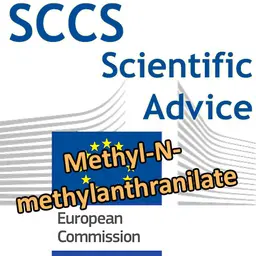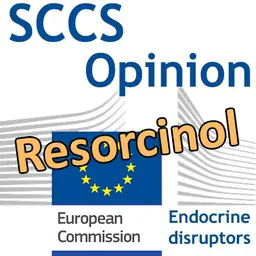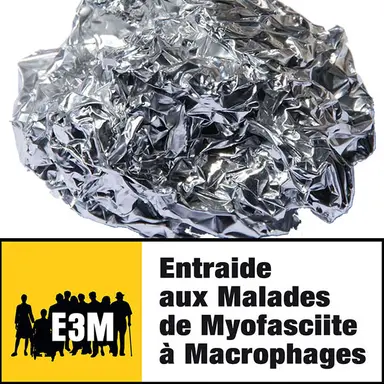
Aluminium keeps raising concerns, whether it is contained in drugs, vaccines, or convenience goods, including cosmetics. AT THE END OF 2017, at a symposium they organized, the E3M association relied on scientific presentations to revive the anti-aluminium flame and called for ‘necessary citizen vigilance’ before announcing they were about to launch a European campaign called ‘Aluminium-free Movement’…
It is in the premises of the most respectable French Senate that Senator Laurence Cohen, a member of the communist, republican, socially aware, and green group, hosted the symposium organized by E3M on November 27, 2017.
E3M is the acronym for ‘Entraide aux Malades de la Myofasciite à Macrophages’ (mutual aid for individuals suffering from macrophagic myofascitis), a disease that patients attribute to the aluminium contained in vaccines. ‘The association is not against vaccines,’ emphasized Didier Lambert, its President, ‘only against those that contain aluminium.’
Charging studies
Within this context, one could expect anything but ‘pro-aluminium’ speeches. Still, the organizers paid attention, alongside activists, to gather a number of scientists from all over the world to present their most recent studies, and not only on the harmful potential of aluminium vaccines: E3M intends to broaden the debate – and their action – by emphasizing the potential deleterious effects of this substance on health, whether breast cancer, neurotoxic alterations, Alzheimer’s disease, chronic gut or autism disorders…, and the fact that aluminium can be found in drinks, foodstuffs, via additives, drugs, and cosmetic products.
Obviously, all these scientific study results constitute charges against aluminium, but they are also scientific material that should serve as a base to political… and media debates.
Toxic aluminium
One of the main scientists invited to the symposium was Professor Christopher Exley, of the University of Keele in the UK. He has become such an icon of the fight against aluminium that he is now called ‘Mister Aluminium’.
In his keynote speech, he explained why, to him, we are living in the ‘era of aluminium’ and what implications it has on Man: ‘Aluminium is the third most significant element on Earth in terms of quantity, after oxygen and silicon, but it has never been part of life cycles. Everything changed when Man learnt how to transform it into metals and salts. Now, there is a lot of aluminium available, it actually forges our modern world. Our body has learnt how to mobilize its resources to eliminate the toxic metals it is exposed to, but not aluminium in the forms known today, which have only existed for about a hundred years. As a result, every one of our body parts, every one of our cells contains at least one atom of aluminium. But it has no biological function whatsoever and provides no benefit, it is just toxic.’
These words were qualified, in particular by Dr Ahmed Aït Bachir, who remarked that ‘it took us a while to understand whether aluminium was toxic or not. Today, we are almost sure it is…’
It is all in the use of ‘ almost’…
Indeed, of course, the aluminium found in the body at high doses (for example, in case of renal failure) is known for being toxic for the central nervous system, the bones, the hematopoietic system (bone marrow, lymph nodes…)… But our knowledge is much less advanced in terms of the toxicity of the quantities of aluminium to which we are usually exposed in our daily lives.
And it is actually this field of research that the scientists interested in this issue are exploring today. Results that have not been published yet were presented as regards aluminium in vaccines and its neurotoxic effects in sheep (Dr Lluis Lujan of the University of Zaragoza), the influence of aluminium on chronic inflammatory gut diseases like Crohn’s disease and ulcerative colitis (Dr Cécile Vignal, of the Faculty of Medicine of Lille), or the links with Alzheimer’s disease or autism (Pr Christopher Exley).
The cosmetics industry was also directly targeted.
Aluminium and breast cancer
The possibility of a link between aluminium salts and breast cancer is no news: Dr Stefano Mandriota, of Geneva’s Foundation des Grangettes, provided the hypotheses made by researcher Philippa Darbre in 2005, which directly incriminated the aluminium found in antiperspirants, as a first reference to his own studies on breast carcinogenesis.
In vitro
For several weeks, his team exposed mammal epithelial cells to aluminium concentrations corresponding to those found in human mammal glands. The researchers observed that the cells were completely transformed, and there were a chaotic proliferation and functional changes typical of those found during the evolution of normal cells into cancer cells.
Then, the cells were injected into mice to check whether they were able to trigger the formation of tumours: 100% of the mice developed cancers, while the control group, which was injected with cells not exposed to aluminium, was not affected. The tumours revealed particularly aggressive, in particular as metastases developed.
Dr Mandriota explained these results with the fractions of broken DNA observed in the cells exposed to aluminium, which induce stable changes in the cell genome that alter their behaviour, in particular as regards proliferation control.
Conclusion: ‘These effects are typical of carcinogens. This study backs up the hypothesis that aluminium can contribute to breast cancer, and maybe also to other human cancers.’
The results of this study, Aluminium chloride promotes tumorigenesis and metastasis in normal murine mammary gland epithelial cells, were published in the International Journal of Cancer in 2016.
In vivo
Caroline Linhart, of the Medical University of Innsbruck, has the same objective: showing the link between aluminium salts in antiperspirants and breast cancer. This specialist of medical statistics, who has already worked on the metabolic markers of Alzheimer’s disease and the aluminium levels in patients suffering from multiple sclerosis, analyzed a cohort of 209 women with breast cancer to compare it with another cohort of 209 healthy women the same age. The study combined the data obtained through interviews on life habits (in particular the use of antiperspirants) with the measurements of the aluminium levels in a considerable number of mammal tissue samples.
Results:
• The women who said they used cosmetics very frequently on the armpit area (meaning several times a day) are almost four times more likely to develop breast cancer
• The frequency of use of antiperspirants is significantly correlated to high aluminium levels in mammal tissues
• The patients suffering from breast cancer have higher aluminium concentrations in their tissues than healthy women
Here is how Caroline Linhart commented on this: ‘Although the role of aluminium salts in the development of breast cancer has not been fully cleared up yet, this study encourages people to be careful when using axillary cosmetic products containing aluminium.’
• The results of this study, Use of Underarm Cosmetic Products in Relation to Tisk of Breast Cancer. A Case-Control Study, were published in the EBioMedicine journal in 2017.
The ‘Aluminium-free Movement’ campaign
Given these scientific results, and even if the researchers themselves emphasized the fact that additional studies are needed to confirm them, the representatives of the E3M association called for the precautionary principle ( ‘provided for in the Constitution’, Didier Lambert highlighted).
But their experience in this field does not make them really optimistic: ‘Despite the alerts regarding public health, neither the industry, nor health authorities have adopted a proactive approach,’ they explained. ‘One of the most emblematic examples has to do with vaccination in France. Scientific knowledge on the neurotoxic effects of vaccines containing aluminium additives suggest the precautionary principle should be applied. French judicial authorities recognize the link between this vaccine aluminium and our pathology (eight orders of the Conseil d’État since late 2012). However, it took two hunger strikes of the E3M association sick people and their close relations for the Ministry of Health to grant an envelope of €150,000 intended for research in late 2013.’
Objectives
Money is actually the sinews of war: that is what makes research and evidence possible… and that is why the European campaign launched by E3M is focused on it. The Aluminium-free Movement has two objectives:
• Getting the funds needed for research to answer the many questions on the presence of aluminium in the human environment
• Have the precautionary principle applied as soon as the scientific data are convincing enough
According to the association, the precautionary principle is easily applicable, since ‘there are alternatives available for most uses’.
And means
This campaign is designed to rely on the alliance of researchers and citizens. The first are the basis of knowledge and conclusive force, the ‘breeding ground’, the second are ‘the energy and driver’ of the action. In short, scientists provide the data with which citizens put pressure on public authorities.
And since we find strength through unity, E3M provides for several types of partnerships:
• Research: a scientific committee co-chaired by Pr Christopher Exley and Pr Romain Gherardi (neuropathologist and biologist, author of Toxic Story : Deux ou trois vérités embarrassantes sur les adjuvants des vaccins, Actes Sud editions) will have the mission to guide the research policy
• Funding: a group of companies will support the implementation of the movement and guarantee its financing from 2018 to 2022
• Action: privileged relationships will be set up with other associations likely to be concerned about the potential adverse effects of aluminium: Alzheimer’s and Parkinson’s diseases, autism, multiple sclerosis, restless legs or chronic fatigue syndromes, chronic inflammatory gut diseases, activity disorders, myalgic encephalomyelitis, fibromyalgia…
E3M allows itself five years to build this movement and make its voice better heard, the ultimate goal being to have aluminium prohibited in all consumer goods. One of the speakers reiterated the fact that it took 50 to come to the same end with asbestos…



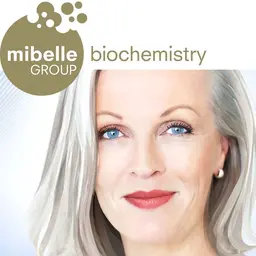
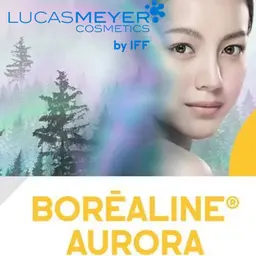
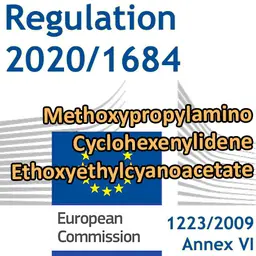
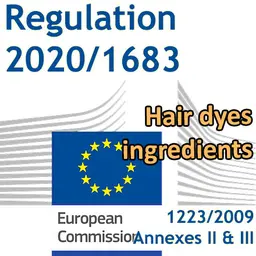
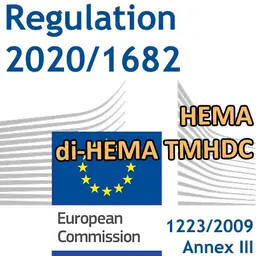
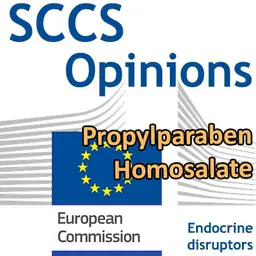

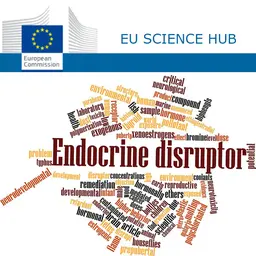
![HAA299 [nano] : Nouvelle demande d'Opinion au CSSC](https://d2aabgjce9enf.cloudfront.net/main/media/content/9/5/95ccd87c8d2d9da386439fe5743fd5412ec78373--sm-noborder.webp)
